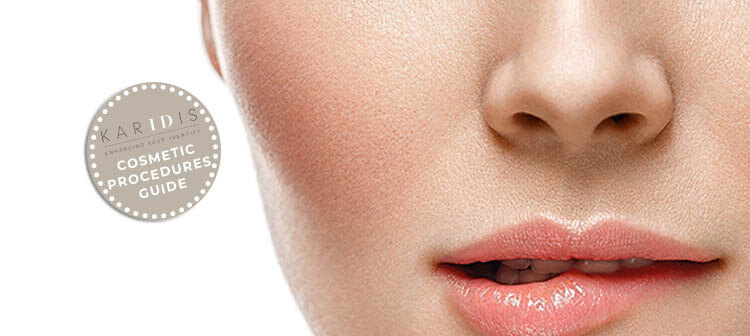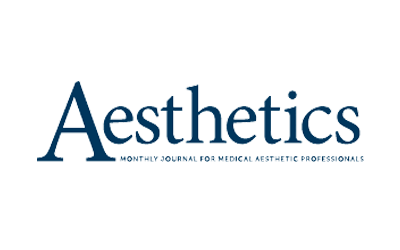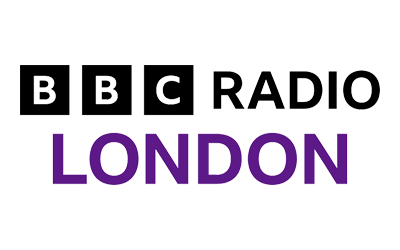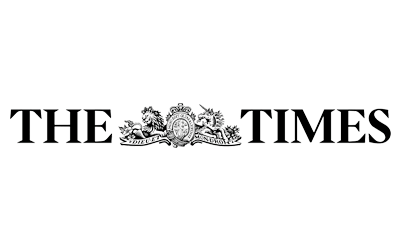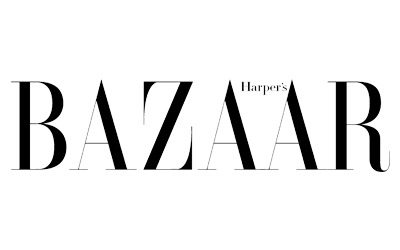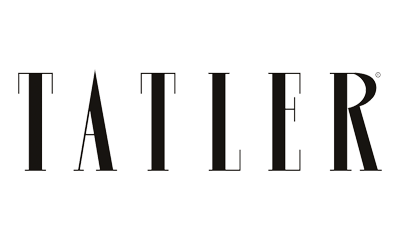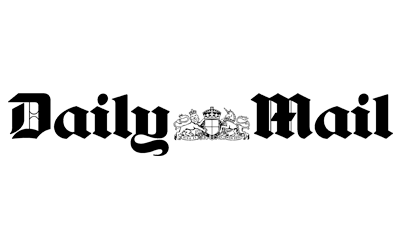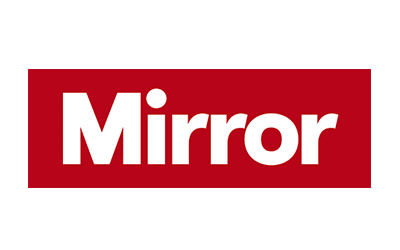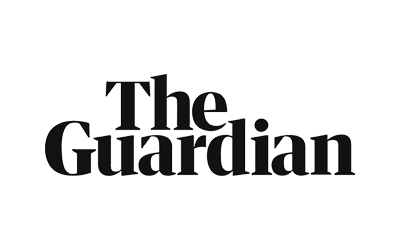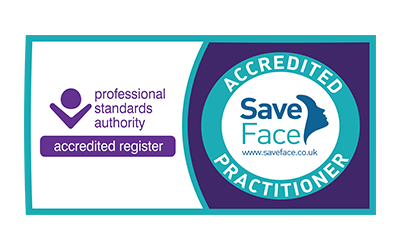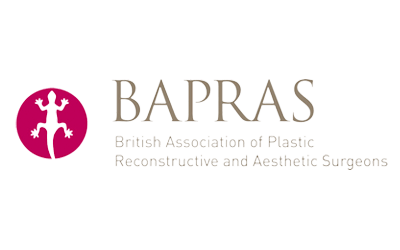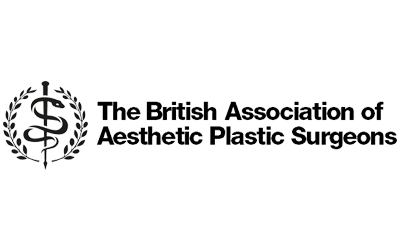The nose is the central feature of the face and therefore the aim of rhinoplasty is always to achieve balance and proportion – as a result, each rhinoplasty procedure at our London clinic is carefully planned and unique to the patient’s concerns and requirements.
Rhinoplasty surgery types
There are four types of Rhinoplasty procedure, closed rhinoplasty, open rhinoplasty, reduction rhinoplasty and revision rhinoplasty;
Closed rhinoplasty: a closed rhinoplasty procedure means the incisions are only made inside the nostrils – scarring is well hidden but access to the nasal structures is more limited
Open rhinoplasty: as with a closed rhinoplasty, incisions are made inside the nostrils, but also joined together with a small incision across the columella between the nostrils. The nose can then be ‘unveiled’, giving Mr Alex Karidis full access to the nasal structures for optimal results.
Reduction rhinoplasty: this is an often-used term for nose surgery as many patients require adjustments to the nose to make it smaller and shorter or to reduce a hump on the bridge.
Revision rhinoplasty: this is another term that you may have heard used. Rhinoplasty can achieve a dramatic transformation, but it is also very challenging surgery for many reasons. The nose is the central facial feature and is also a complex structure that can affect breathing function. Revision rhinoplasty means secondary nasal surgery to correct issues arising from the initial procedure, whether aesthetic or functional.
In our guide to rhinoplasty surgery, here are some of the common aesthetic concerns that patients have and potential surgical solutions.
Reasons why you may want to have a rhinoplasty
A humped nose: This is a common concern – the nose looks ‘normal’ as such but there is a bump on the bridge that can be addressed by a surgical smoothing of the cartilage and bone in the nose bridge.
A crooked nose: A nose that is not straight or positioned centrally on the face can be the result of genetics, accident or illness and, in many cases, it can also cause significant breathing issues. Surgery will aim to correct the physical structure of the nose to produce a more symmetrical appearance as well as treat a deviated septum in a procedure known as a septorhinoplasty.
An over-projected or under-projected nose: An over-projected nose is one that looks too large compared to the rest of the facial features, whereas an under-projected nose can look flat or too small on the face. Surgery aims to adjust both the bridge and tip to give a more proportional look.
A bulbous or misshaped tip: Sometimes just the tip of the nose can be affecting the overall appearance of the nose. An overly large, bulbous tip or strangely shaped tip may require reshaping or reducing the cartilage of the tip, so it appears more refined. At Karidis Clinic, we offer tip rhinoplasty (also known as tip plasty or tipoplasty) which is surgery to improve the shape of the tip (the rest of your nose is left alone).
Overly large nostrils: The alar base is the bottom of the nostrils and an alar base reduction rhinoplasty is performed to reduce the size of the nostrils.
When considering a rhinoplasty, therefore, it’s essential to find a plastic surgeon that is highly experienced and skilled. Call us on 020 7432 8727 to arrange a rhinoplasty consultation with Mr Alex Karidis. Our trusted surgeon, Mr Mark Ho-Asjoe, also specialises in rhinoplasty for Asian patients for any clients looking for culturally-considered rhinoplasty.
